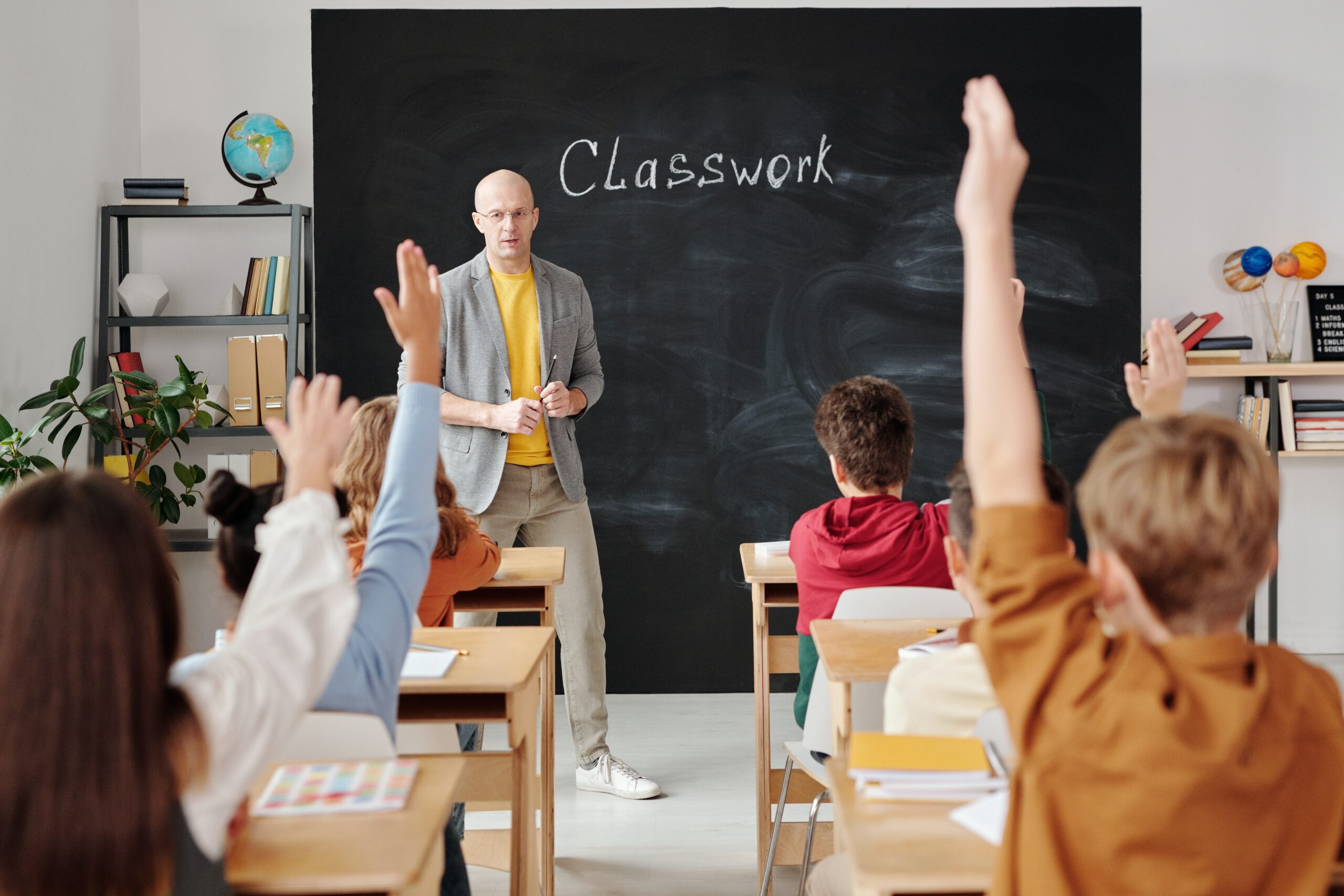Education is the most important part of every person’s life as it shapes the rest of their life. It is the foundation for future success, and it shapes a person’s overall development. Positive reinforcement is a powerful tool that can be used in education to encourage and motivate students to perform better.
In this article, we will discuss why positive reinforcement in education is so important. And also its benefits, and techniques for using it effectively.
Positive Reinforcement
Positive reinforcement is a process that involves rewarding desirable behavior to encourage its repetition. It is a powerful motivator that helps individuals learn and improve their behavior. Positive reinforcement can take many forms, including verbal praise, tangible rewards, and social recognition.
Examples of Positive Reinforcement
Positive reinforcement can be used in many different ways to encourage positive behavior in the classroom. Examples of positive reinforcement include:
- Verbal praise for a job well done
- A sticker chart to track progress
- A reward for good behavior
- Public recognition of achievements
- Positive feedback on assignments
How Positive Reinforcement Affects the Brain
Positive reinforcement works by activating the reward center of the brain. When we receive positive reinforcement, our brains release dopamine, a neurotransmitter that makes us feel good. This positive feeling encourages us to repeat the behavior that led to the positive reinforcement.
Importance of Positive Reinforcement in Education
Positive reinforcement is an essential tool in education for several reasons.
Motivation
Positive reinforcement is a powerful motivator that encourages students to perform better. When students receive praise and recognition for their achievements, they are more likely to feel motivated to continue working hard. Positive reinforcement can help students develop a growth mindset, which is essential for future success.
Learning Environment
Positive reinforcement can help create a positive learning experience. When students feel valued and appreciated, they are more likely to feel comfortable and engaged in the classroom. This positive environment can reduce anxiety and stress, which can help students focus on their studies.
Behavior
Positive reinforcement can also help improve classroom behavior. When students are rewarded for good behavior, they are much more likely to repeat them. This can lead to improved classroom dynamics and a more productive learning environment.
Techniques for Using Positive Reinforcement in Education
To use positive reinforcement effectively, it is essential to use the right techniques. Some effective techniques include:
Praise
Praise is one of the most effective forms of positive reinforcement. Specific praise, which focuses on a particular behavior, is more effective than general praise. For example, instead of saying, “Good job,” say, “You did an excellent job on that project. I love how you organized your ideas.”
Rewards
Tangible rewards, such as stickers or small prizes, can also be effective forms of positive reinforcement. Intrinsic rewards, such as the satisfaction of completing a task, can also be powerful motivators.
Consistency
Consistency is key when using positive reinforcement. It is essential to be consistent in the types of behaviors that are rewarded and the types of rewards given. This consistency helps students understand what is expected of them and can help reinforce positive behavior.
Criticism of Positive Reinforcement
While positive reinforcement is a powerful tool, it is not without criticism. Some argue that it can lead to negative effects, such as the overjustification effect. Where individuals become dependent on rewards and lose intrinsic motivation.
Counterarguments
However, there are counterarguments to these criticisms. For example, intrinsic rewards can be just as effective as extrinsic rewards, and the use of positive reinforcement can be adapted to suit individual and contextual factors.
Conclusion
In conclusion, positive reinforcement is a powerful tool that can be used to encourage and motivate students to perform better in the classroom. It is a valuable technique that can help create a positive learning environment and improve classroom behavior. While there are some criticisms of positive reinforcement, when used effectively, it can be a game-changer in education.
The use of positive reinforcement in education will continue to be an important topic for educators, researchers, and policymakers. As we learn more about how positive reinforcement affects the brain and behavior, we can develop new and innovative ways to use it in the classroom.
And as always folks be sure to check out the Global Growth Forum for more interesting articles on a bunch of different topics. And also be sure to visit Mojo Patrakar if you wanna read some articles in Hindi.








